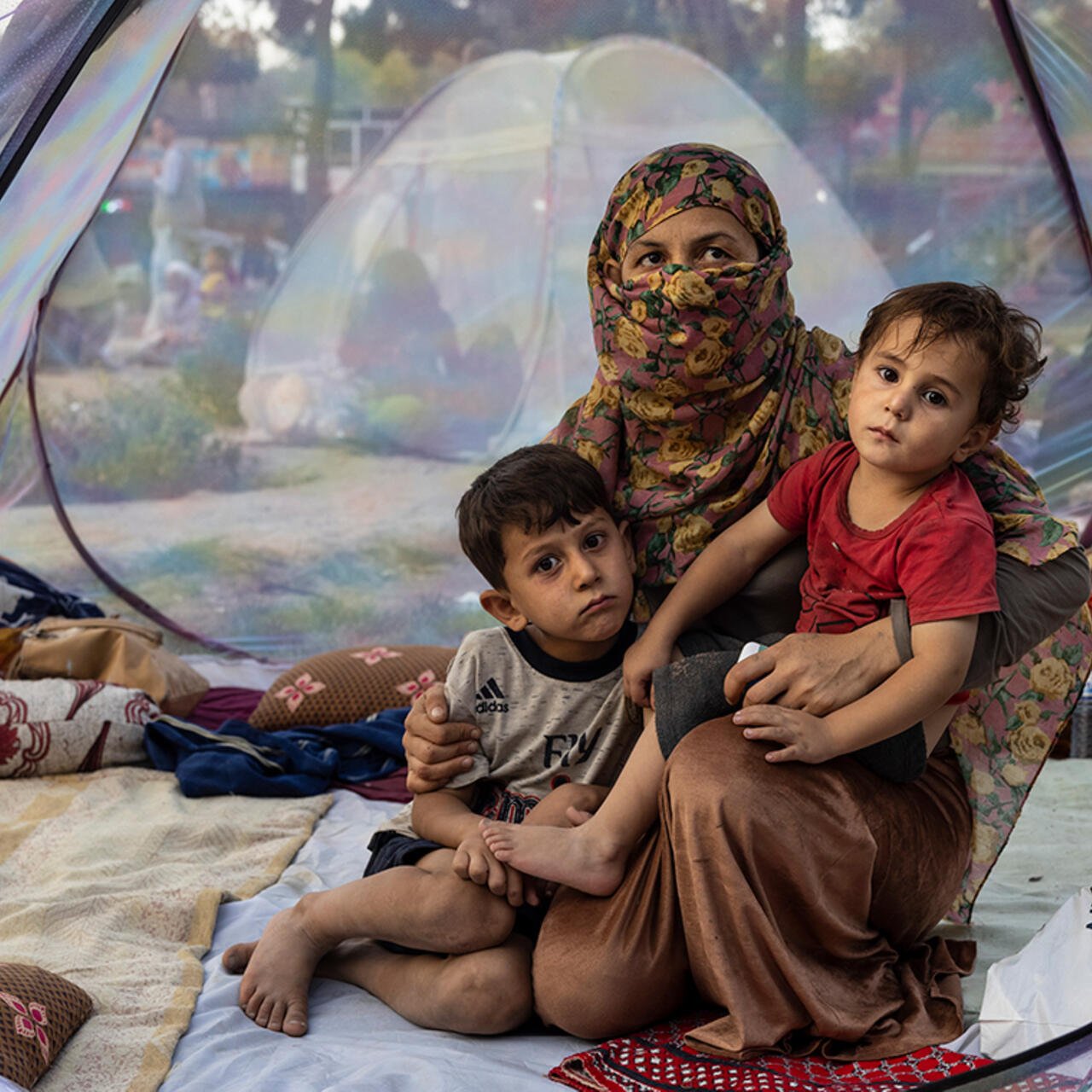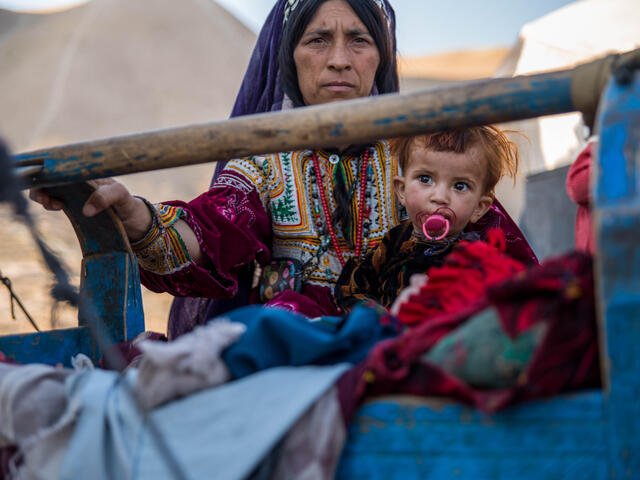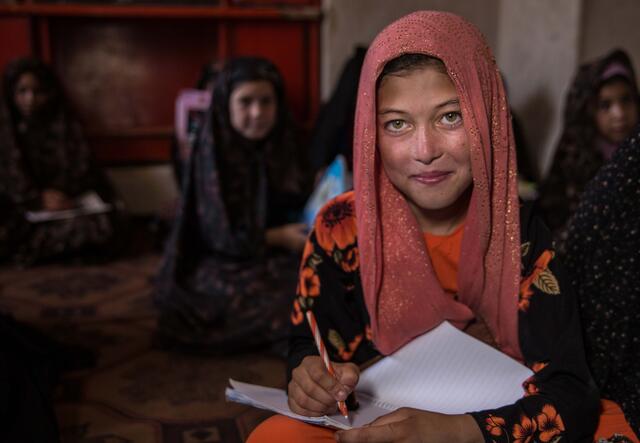
What is happening to women and girls in Afghanistan?
Here’s a look at what women and girls in Afghanistan need right now and what can be done to help.

Here’s a look at what women and girls in Afghanistan need right now and what can be done to help.
The recent transfer of power from the former Afghan government has caused immense uncertainty across Afghanistan.
Even before the latest escalation in violence, half the population required humanitarian assistance. Forty years of war, chronic poverty, climate change-driven natural disasters, and now COVID-19 are a deadly combination for people in Afghanistan. Fifty percent of Afghans in need are women and girls.
The world cannot afford to turn its back on women and girls in Afghanistan. Here’s a look at what women and girls in Afghanistan need right now and what can be done to help.
The IRC is particularly concerned about the situation in Afghanistan for women and girls. Women’s rights must be respected. Critical services for women and girls must continue to be delivered, and this requires women aid workers who are able to access communities and create safe spaces for women and girls. Women must be allowed to work and to move freely, and girls must be allowed to continue to go to school.
Women and children are increasingly bearing the brunt of the violence and make up around half of all civilian casualties. Afghanistan has been the deadliest place for children for the past six years.
Without sufficient humanitarian aid, children are at risk of child labour and early child marriage.

Gender-based violence tends to spike in times of crisis, and women face rising levels of domestic violence, abuse and exploitation.
World leaders must fill the wide gap in aid funding so that women and children can receive protection and meet their essential needs.
As of August 2021, the humanitarian response plan for Afghanistan is only 38 percent funded. That shortfall could mean that 1.2 million children will lose specialised protection services, making them more vulnerable to violence, recruitment, child labour, early and forced marriages, and sexual exploitation. And 1.4 million women—many of them survivors of violence—will be left without safe places to receive critical support.
Over the past 20 years, progress has been made on the number of girls receiving an education in Afghanistan but over the past few months attacks on schools and villages dramatically increased while international support has slowly withdrawn. It is feared that 1 million children will miss out on education.
In July, we spoke to a group of Afghan school girls who shared their fears for their future with us:
Humanitarian actors like the IRC have stayed in Afghanistan through crisis after crisis and we will stay and offer support now. 165 humanitarian actors continue to operate in Afghanistan and reached nearly 12 million people with assistance last year.
The role of women in the humanitarian sector in Afghanistan is critical. Without women staff, humanitarians cannot deliver programmes at scale for women and girls. It is vital that the international community step up their support.

The IRC began responding in Afghanistan in 1988, and now work in thousands of villages across nine provinces, with Afghans making up more than 99 percent of IRC staff in the country. We support displaced families with shelter, clean water and sanitation, and other necessities. We provide cash assistance and help people find livelihood opportunities. And we create safe learning spaces and offer community-based education, among other support.
Find out more about the IRC’s response in Afghanistan and donate now to help the IRC support Afghans in crisis.